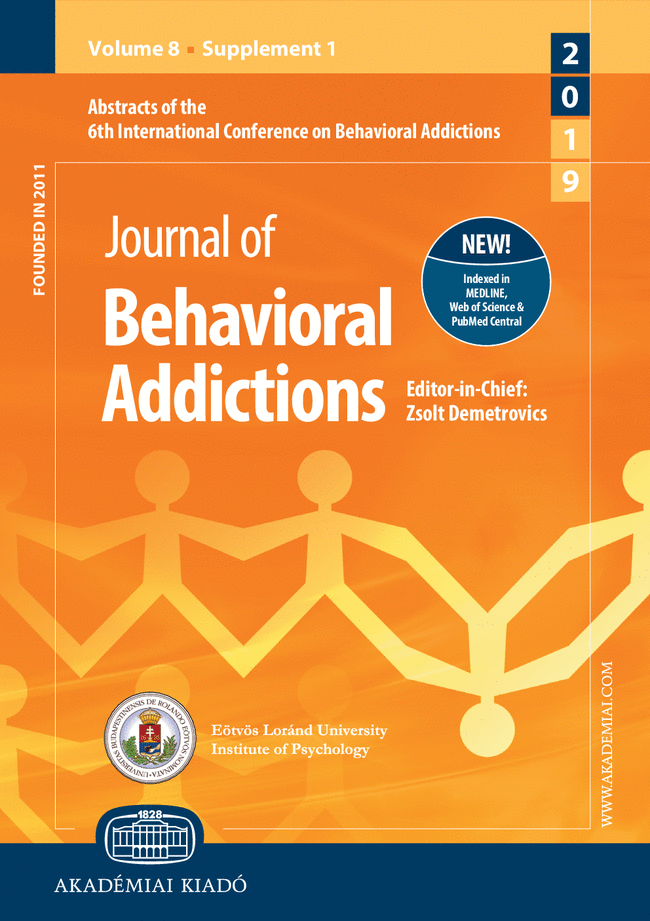Unpacking the construct of emotional attachment to objects and its association with hoarding symptoms
Unpacking the construct of emotional attachment to objects and its association with hoarding symptoms
Author(s): Keong Yap, Jessica R. GrishamSubject(s): Behaviorism
Published by: Akadémiai Kiadó
Keywords: anthropomorphism; emotional attachment to objects; hoarding; hoarding disorder; insecure object attachment; object attachment
Summary/Abstract: Background and aims. The appetitive aspects of hoarding disorder, such as the compulsive acquisition and saving of objects, are akin to other behavioral addictions. Underpinning these appetitive features is the strong emotional and sentimental attachments that hoarding sufferers have for their possessions. Different facets of object attachment have been identified including anthropomorphism, insecure object attachment, possessions as an extension of identity, possessions as a repository of autobiographical memories, and possessions as a source of comfort and safety. The aim of this study was to examine the association between each of these facets and hoarding symptoms independent of non-sentimental hoarding beliefs, depression, and anxiety. Methods. Participants were 532 individuals recruited via Turkprime who completed online self-report questionnaires on hoarding symptoms, hoarding beliefs, depression, anxiety, and the facets of object attachment. Pearson’s correlations and hierarchical multiple regression analyses were conducted. Results. The results showed that all facets of object attachment were positively correlated with hoarding symptoms. After accounting for other non-sentimental hoarding beliefs, depression, and anxiety, three facets made significant unique contributions to hoarding symptoms: insecure object attachment, anthropomorphism, and possessions as a repository of autobiographical memories. Discussion and conclusions. Based on these findings, we propose a compensatory model to explain how the different facets of object attachment may be implicated in hoarding. Further research into ways of reducing anthropomorphism, insecure object attachment, and possessions as memories are warranted.
Journal: Journal of Behavioral Addictions
- Issue Year: 8/2019
- Issue No: 2
- Page Range: 249-258
- Page Count: 10
- Language: English

